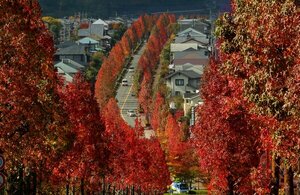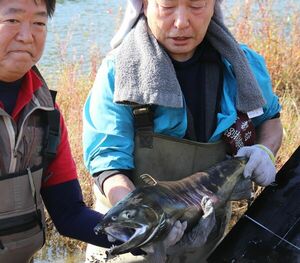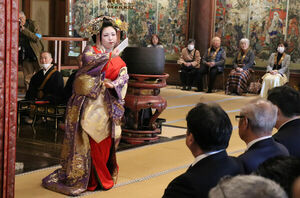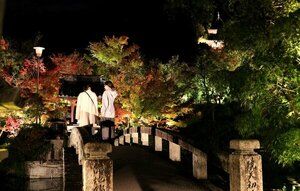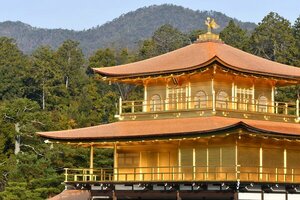There is a photo of the Suntory Yamazaki Distillery (in Shimahonmachi, Osaka Prefecture) when it was completed 100 years ago. Among the facilities lined up at the foot of Mt. Tennozan, the tall chimney and unique silhouette of the malt drying tower catch the eye.
A newspaper article from the time is quoted in the history of Shimamoto Town, saying, ``This is a building that resembles an old castle in a dense government-owned forest.''
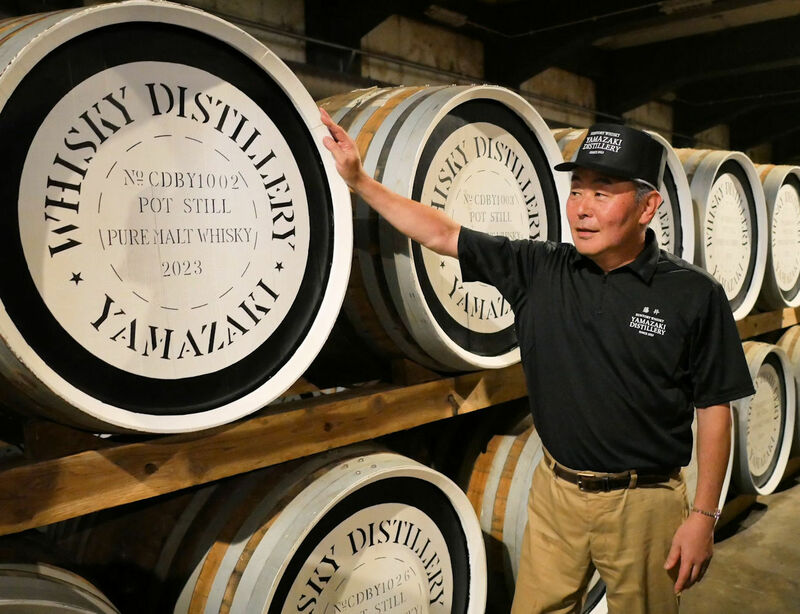
Takahisa Fujii, 60, the director of the distillery, said, "100 years ago, there weren't many buildings like there are now. There were only villages and shrines. So, it was a pretty symbolic building."
The distillery has adopted and maintained authentic Scotch whiskey production methods. From the beginning, we were particular about the raw materials and equipment.
First, barley is germinated to make malt. Malt is finely ground and soaked in water to convert starch into sugar. The filtered wort is transferred to a fermentation tank and yeast is added to create a mash.
Using a copper still called a pot still, a new pot with a high alcohol content is produced from the unrefined sake.
The first still is currently on display on the premises. It is said to have been made in Osaka and taken on a boat up the Yodogawa River.
The twice-distilled product is aged in barrels. At first, the unprocessed sake is clear, but gradually turns into an amber color. Uniqueness is also created by the type of wood used for the barrels and where the storage is placed.
"Whiskey making is an old-fashioned technique. Even if the measurement and management methods change, the equipment from 100 years ago is not much different from the one we use," says Mr. Fujii.
However, it was my first time making it. Western barrels needed for storage were not available in Japan, so they were imported from overseas. In order to secure some for himself, he commissioned a Japanese craftsman to make barrels for him. In Higashiomi City, there is currently a barrel manufacturing and repair company exclusively run by Suntory, run by the third generation.
The tools and equipment used to make whiskey are highly specialized, and it is important to secure the people who can handle them. The company relies on domestic and foreign manufacturers to manufacture the distillation pots, which are said to become unusable after about 20 years. Mr. Fujii explains, ``If we don't have the opportunity to make products, we can't improve or maintain our technology.We try to avoid biasing our orders as much as possible.'' The inheritance of technology is not limited to the distillery itself.
Come to think of it, the malt drying building that I saw in the old photos is nowhere to be found on the current site.
``Actually, there are no buildings that were built 100 years ago. They have been rebuilt many times,'' says Fujii. There was a reason for the repeated renovations.
